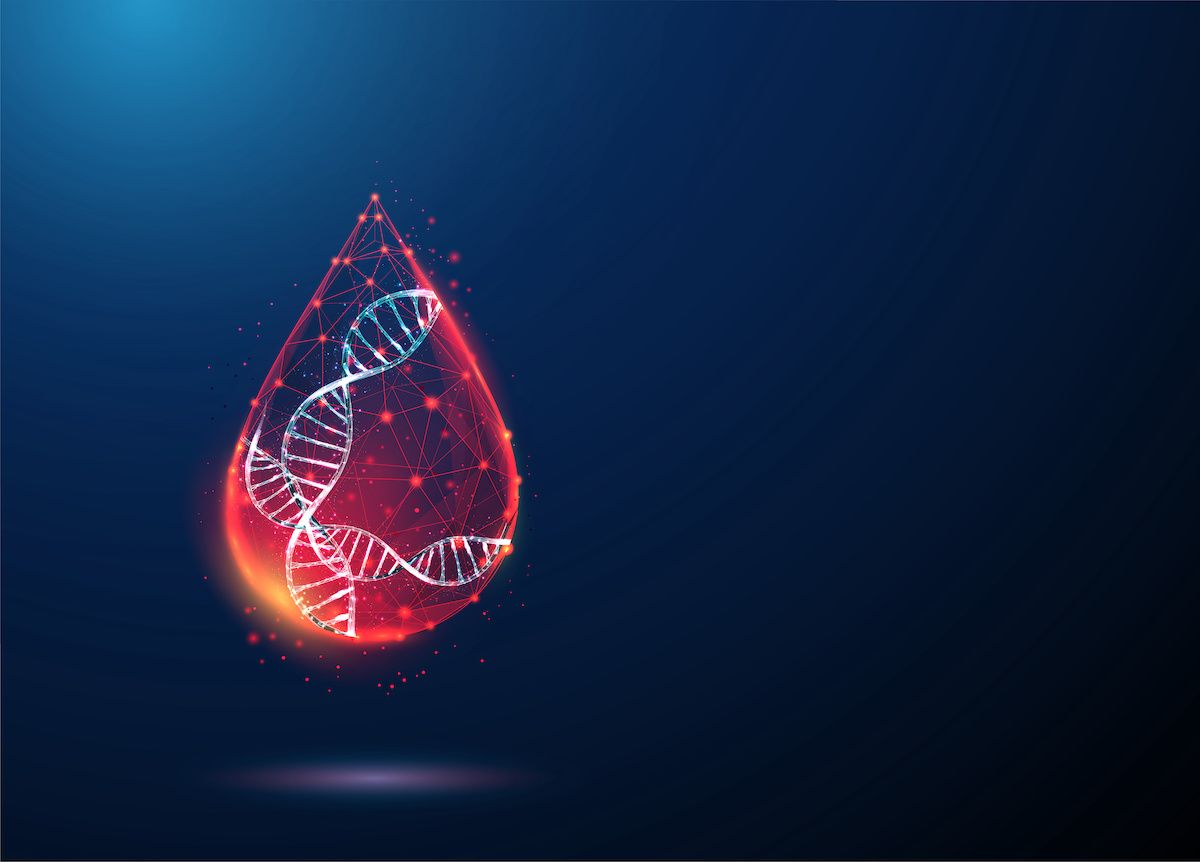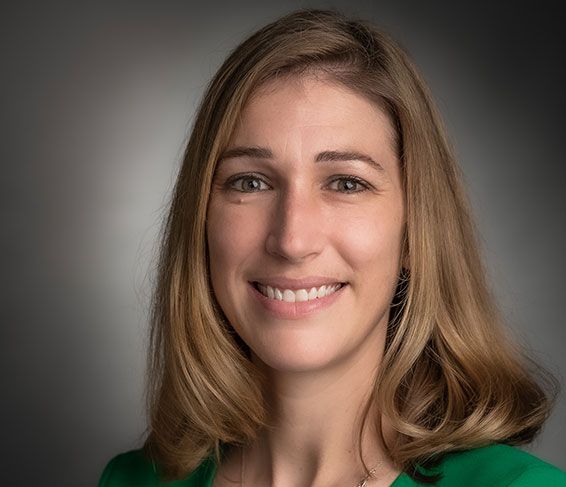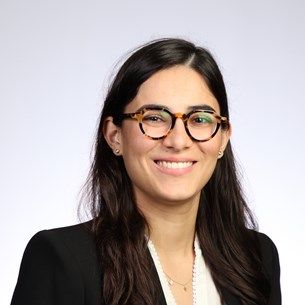Article
Next Wave for CAR T-Cell Therapy Brings Off-the-Shelf, Multiple Myeloma Therapies
Author(s):
Successors to the first generation of chimeric antigen receptor (CAR) T-cell treatments will attack multiple targets and address the complexity of the manufacturing process by bringing uniformity to the creation of therapies, presenters said at the 61st American Society of Hematology Annual Meeting and Exposition in Orlando, Florida.
When it comes to chimeric antigen receptor (CAR) T-cell therapy, the waiting may be the hardest part of this revolutionary, lifesaving treatment for certain leukemias and lymphomas. Manufacturing personalized treatments from a patient’s own cells can take up to 3 weeks, and payer approval can add more time. The process itself is complicated and costly—at least $373,000 before administration costs.
That’s why results presented in a press briefing early Saturday in Orlando, Florida, at the 61st American Society of Hematology (ASH) Annual Meeting and Exposition focused on the next wave of innovation, which features allogenic or “off-the-shelf” treatments that could offer greater convenience and lower costs—and make treatment available to more patients.
Gary Schiller, MD, of UCLA Health, who moderated an early press session, said that advances in CAR T-cell therapy are overcoming multiple barriers:
- While first-generation therapies primarily target the protein CD19, the next wave of treatment will attack multiple targets
- Therapies in the pipeline will treat more blood cancers, including multiple myeloma
- The complex manufacturing process will be replaced by a uniform product.
“When we approach unmet needs in medicine, we solve one and we create another,” said Stephen J. Schuster, MD, of Abramson Cancer Center at the University of Pennsylvania. CAR T-cell therapy, he said, has been a major advance—he led the studies in refractory B-cell lymphomas that resulted in approval of the first therapy, Novartis’ tisagenlecleucel (Kymriah). “However, the two-thirds of patients that don’t respond to CAR T-cell therapy are now our new unmet need.”
And, because patients eligible for CAR T are already quite ill, about a third of those enrolled in clinical trials never make it to the point of getting therapy, ASH Secretary Robert A. Brodsky, MD, of Johns Hopkins School of Medicine, said during a preview of the meeting.
Cost is also a significant barrier to treatment. Academic medical centers and Medicare have been locked in a struggle over how to pay for CAR T-cell therapy, because traditional reimbursement designs were not created with this expensive, one-time treatment in mind. While CMS announced in August that 2020 would bring a modest increase in the New Technology Add-on Payment, a November commentary in the Journal of Clinical Oncology pronounced that “this quick fix does not go far enough.”1 The authors estimated that hospitals lose $300,000 for every patient treated with this technology.
Schuster presented results from a dosing study involving mosunetuzumab, a bispecific antibody tested in 270 patients with B-cell lymphomas that had returned or not responded to at least 3 therapies, including some patients who relapsed or failed to respond to CAR T-cell therapy. The group included 30 patients who had previously been treated with CAR T-cell therapy. In a press preview ahead of this year’s meeting, ASH leaders speculated that bispecific antibodies could supplant first-generation CAR T-cell treatments in some cancers if they can treat patients quickly at a lower cost.
Unlike CAR T-cell therapy, mosunetuzumab does not require individualized genetic modification of a patient’s T cells. Instead, this therapy redirects T-cells to engage and eliminate B cells, Schuster said. The new therapy produced durable responses in 37% of the patients with aggressive non-Hodgkin lymphoma (NHL), a group that would benefit most from not having to wait for individualized manufactured cells. Higher exposure to mosunetuzumab brought better responses, and higher dose study is now enrolling patients, Schuster said.
Across the studies presented Saturday, patients have generally experienced lower grades of cytokine release syndrome (CRS) than seen in the first generation of CAR T-cell therapy. Hospitalization due to CRS has been a significant contributor to cost in the first generation of CAR T-cell therapy; estimates of managing severe cases range from $56,000 to more than $200,000.
However, Schiller said the ease of access would likely be the top selling point of these new therapies in the coming years.
“An off-the-shelf product is attractive because of feasibility issues,” Schiller said. For patients previously treated with CAR T-cell therapy, it appears this new wave of treatments may salvage responses after a relapse, he said. “It all depends on durability.”
For a “simple clinician…who needs to take care of patients with desperate diseases tolerability is secondary to access and feasibility. So whatever product—be it cellular or bifunctional—that we have access to tomorrow will be better and easier for us to use.”
Abstracts presented Saturday highlighted what’s in the pipeline:
Mosunetuzumuab. Schuster reported on complete remission (CR) in patients with relapsed or refractory NHL who were treated with the study drug. In this phase 1/1b open-label study, according to the abstract, mosunetuzumab is given with step-up dosing on days 1, 8, and 15 of Cycle 1, then as a fixed-dose on day 1 of each subsequent 21-day cycle, for a maximum of 17 cycles. Outcomes are best objective response rate (ORR), maximum tolerated dose (MTD), and tolerability.2
Results are the following:
- The treatment produced promising responses in patients with aggressive NHL: among 124 patients (diffuse large B-cell lymphoma, follicular lymphoma), ORR was 37.1% (46 patients), and CR was 19.4% (24 patients).
- As expected, responses were better for patients with indolent NHL: among the 67 patients, ORR was 62.7% (42 patients), while 29 patients (43.3%) had a CR.
- Among the first 18 patients with prior CAR T-cell therapy, ORR was 38.9% (7 patients) and 4 patients (22.2%) had CR.
- Patients were able to be retreated with mosunetuzumab, and among these, 3 out of 4 (75%) have ORR, and 1 out of 4 has CR.
“I have stopped therapy in some patients after 6 months and they have remained in remission,” Schuster said. “Some patients have remained in remission without additional therapy for more than a year.”
CAR NK Proof-of-Concept. Bob Valamehr, PhD, of Fate Therapeutics presented proof-of-concept data on an off-the-shelf cellular immunotherapy that targets 2 proteins on the surface of lymphoma cells.3 The treatment, a targeted CAR natural killer (NK) cell, would be enhanced with features to take advantage of the properties of NK cells—their ability to attack and kill many types of cells—while extending the durability of these cells.
“NK cells are multifaceted and can be viewed as a ‘jack-of-all-trades’ when it comes to protecting the host, whereas T cells can act in only one way,” Valamehr said.
Fate Therapeutics has developed a master line of NK cells induced from specialized stem cells (iNK cells), known as FT596, which overcomes a current challenge of CAR T therapy: the lack of uniformity that can occur with individualized products. “When you the product, not every cell is engineered, and not every engineered cell is pristine,” Valamehr said.
The FT596 cells are designed carry 3 genes at once:
- An NK cell-calibrated CAR targets CD19
- Non-cleavable CD16, which enhances binding activity
- A recombinant fusion of interleukin (IL)-15 and IL-15 receptor-α (IL-Rα), that extends persistence of the cells.
Researchers have done experiments in both in vitro and in mouse models, and found that iNK cells engineered with both CD19-CAR and IL-Rα “were curative against B-cell lymphoma,” when compared with iNK cells alone, or iNK cells modified only modified with CD19-CAR. The researchers next performed tests using various combinations with rituximab and found that “only FT596 was able to effectively eliminate the CD19 antigen escaped target cell.”
According to the abstract, experiments using the allogenic therapy on a mouse model showed that FT596 “demonstrated improved survival and safety over primary CAR19 T cells,” whether they were used as alone or in combination with rituximab. Experiments with rituximab showed that combination has great potential.
If successful, this approach could be administered much like traditional therapies, Valamehr said. The process creates “a homogeneous, high-quality product, that’s low cost,” he said. “Each dose is $2500. It’s directly infused; there is no processing needed, so it becomes a true, administered off-the-shelf product in an outpatient setting.”
Multiple myeloma. The session also covered a pair of CAR T-cell therapies for multiple myeloma, taking advantage of the dual target approach. Results from CARTITUDE-1, funded by Janssen, confirm results from the prior LEGEND-2 study, for a therapy containing 2 proteins designed to target the B-cell maturation antigen (BCMA).4 Deepu Madduri, MD, of Mount Sinai in New York City, shared the news that FDA granted JNJ-4528 breakthrough therapy designation on the eve of ASH late Friday (it previously received similar status in Europe).
“We know that there’s been a lot of advances over the last few years [in] multiple myeloma,” Madduri said. “And so people are living longer.” However, for patients who have failed all available therapies, “median overall survival is less than 12 months.”
This study involved 29 patients, of whom 25 had at least 3 prior therapies, including autologous transplantation. Results show that JNJ-4528 at a dose of 0.75 x 106 CAR + cells/kg brings an early and deep response, featuring minimal residual disease negativity “in all evaluable patients tested.”
Of note:
- Not only were CRS events of lower grade than in first-generation CAR T therapies, but the median time of onset was 7 days, >90% between 5-9 days, later than in the past.
- Neurotoxicity was infrequently observed and generally low-grade
- Early and deep responses were seen: 100% ORR with ≥CR 69% at 6 months
- The median time to first response was 1 month, and the median time to ≥CR was 1 month; 27 of 29 patients were progression free at 6 months.
References
- Manz CR, Porter DL, Bekelman JE, et al. Innovation and access at the mercy of payment policy: the future of chimeric antigen receptor therapies [published November 1, 2019]. J Clin Oncol. doi:10.1200/JCO.19.01691.
- Schuster SJ, Bartlett NL, Assouline S, et al. Mosunetuzumab induces complete remissions in poor prognosis non-Hodgkin lymphoma patients, including those who are resistant to or relapsing after chimeric antigen receptor T-cell (CAR-T) Therapies, and is active in treatment through multiple lines. Presented at the 61st American Society of Hematology Meeting and Exposition; Orlando, Florida; December 7-10, 2019; Abstract 6. ash.confex.com/ash/2019/webprogram/Paper123742.html.
- Goodridge JP, Mahnood S, Zhu H, et al. Translation of first-of-kind multi-antigen targeted off-the-sheld CAR-NK cell with engineered persistence for the treatment of B-cell malignancies Presented at the 61st American Society of Hematology Meeting and Expsoition; Orlando, Florida; December 7-10, 2019; Abstract 301. https://ash.confex.com/ash/2019/webprogram/Paper129319.html.
- Madduri D, Usmani SZ, Janannath S. Results from CARTITUDE-1: A Phase 1b/2 Study of JNJ-4528, a CAR-T Cell Therapy Directed Against B-Cell Maturation Antigen (BCMA), in Patients with Relapsed and/or Refractory Multiple Myeloma (R/R MM) Poster 577. Presented at the 61st American Society of Hematology Meeting and Exposition; Orlando, Florida; December 7-10, 2019; Abstract 577. ash.confex.com/ash/2019/webprogram/Paper12173html.

NGS-Based Test Accurately Detects Post–Allo-HSCT Relapse in AML, MDS

The Importance of Examining and Preventing Atrial Fibrillation



